Readings
Readings are the many perspectives and viewpoints that – on the theme of accessibility – intersect at every moment of the cultural experience: from the welcome in cultural venues, to the experience lived within them, up to the participation or the creation of new models of interaction.
This section gathers theoretical reflections on these topics as well as testimonies and practices from museums, archives, and libraries, useful for composing a cross-sectional and multidisciplinary vision of accessibility. Accompanied by a counterpoint of news, updates, insights, and stories.
But the tags help to filter according to your interests... so, happy reading!
Accessibility in museums: an investment that creates the future
The text reflects on the numerous impacts related to considering accessibility as a strategic principle to redefine the public role of museums. Accessibility policies build proximity, capable of creating trusting relationships and fostering new forms of participation. In this sense, the opening to the sensory-perceptual dimension in the visit paths enriches the museum narrative, welcoming new audiences; as well as the use of technologies as enablers of meaning. All these accessible interventions produce measurable returns, also in terms of economic sustainability: a mature managerial reading of the phenomenon shows how these interventions generate value in the medium-long term. Accessibility also produces effects on the level of social sustainability, expanding cultural citizenship, reducing inequalities, and generating relational well-being. Accessibility is therefore a fundamental lever for the future of museums and, above all, an investment that produces the future.
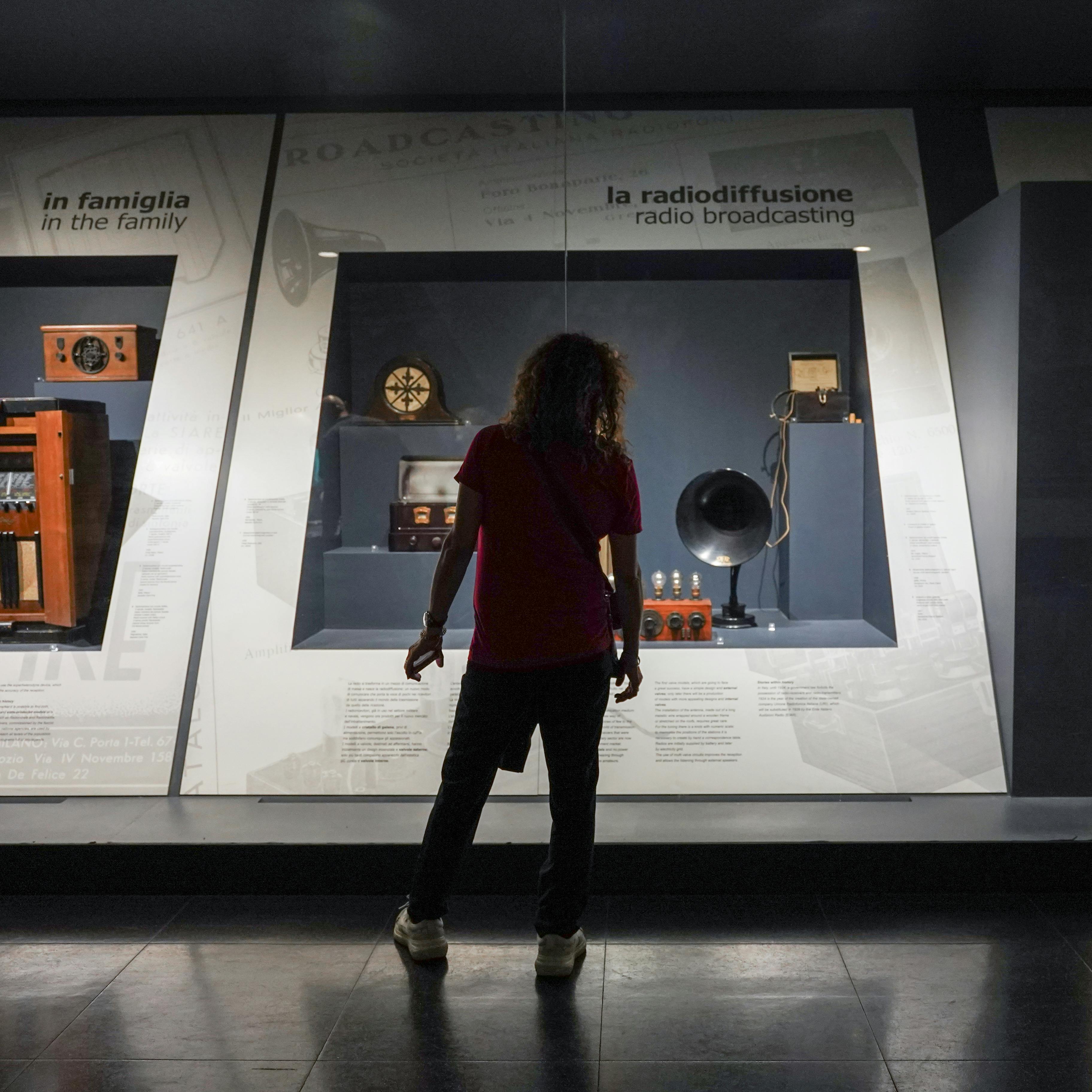
Co-designing culture: ethics and complexity for a more accessible museum
The author, Miriam Mandosi, reflects on the meaning and construction of co-design processes for cultural accessibility in the museums. She conveys the ethical implications and outlines the various phases, from ideation to the ongoing maintenance of the action.
Cultural participation? It is (still) a privilege
The text analyzes the social and cultural barriers that in Italy limit access to cultural life, considered a citizenship right and a form of community relationship. Beyond physical, economic, or territorial obstacles, symbolic and ritual signals especially weigh, making culture perceived as an elitist space, excluding those who do not master its codes. The dominant cultural imagery, not very representative of the diversity present in the country, marginalizes stories and memories of underrepresented groups, particularly people with migratory backgrounds. The text presents examples of intercultural and community practices that reduce these barriers by making museums and libraries shared and participatory places. For these changes to become structural, long-term policies based on participatory governance, linguistic plurality, and redistribution of cultural power are needed. The final challenge is to redefine the 'we' of Italian culture, recognizing diversity as a resource and condition for a broader cultural democracy.
Museum accessibility start online
The article explains which sections of a cultural site's website make a possible visit to the site welcoming and accessible.
Progettare accessibile
A new professional development program offered by "Personeper. Accessibility in cultural venues," the national training program designed to improve the accessibility of spaces, content, and services in cultural venues, is available for on-demand access. Aimed at architects and designers, the program consists of three 10-hour courses. "Progettare accessibile" redefines the concept of accessibility and explores its full range, encouraging participants to move beyond mere regulatory compliance and embrace the principles of Design for All.
Multimodal generative AI and accessibility
Gino Roncaglia, in an article dedicated to the possible uses of generative multimodal artificial intelligences, focuses on a particularly interesting aspect related to accessibility, with the automatic generation of highly personalized alternative descriptions based on communicative codes, different from the primary content.
This contribution is excerpted from the article: Generative Multimodal Artificial Intelligence in the Humanities. Some Introductory Considerations, 2024, DIGITCULT, 8 (2), 127-137.
Beyond the Frames: Museums, Identity, and Intersectional Perspectives
Simone Briatore reflects on museum narratives through the lens of intersectionality and the relationship established with the audience.
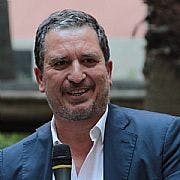
Ludovico Solima
Full professor of Management at the University of Campania “L. Vanvitelli” and Museum Management at the Suor Orsola Benincasa University of Naples. He is a member of the Administrative Board of the Reggia di Caserta and carries out evaluation activities at the European Research Executive Agency of the European Commission. He has published nine monographs and over 130 scientific articles and publications. He manages the content of the blog Opzione Cultura (opzionecultura.wordpress.com).
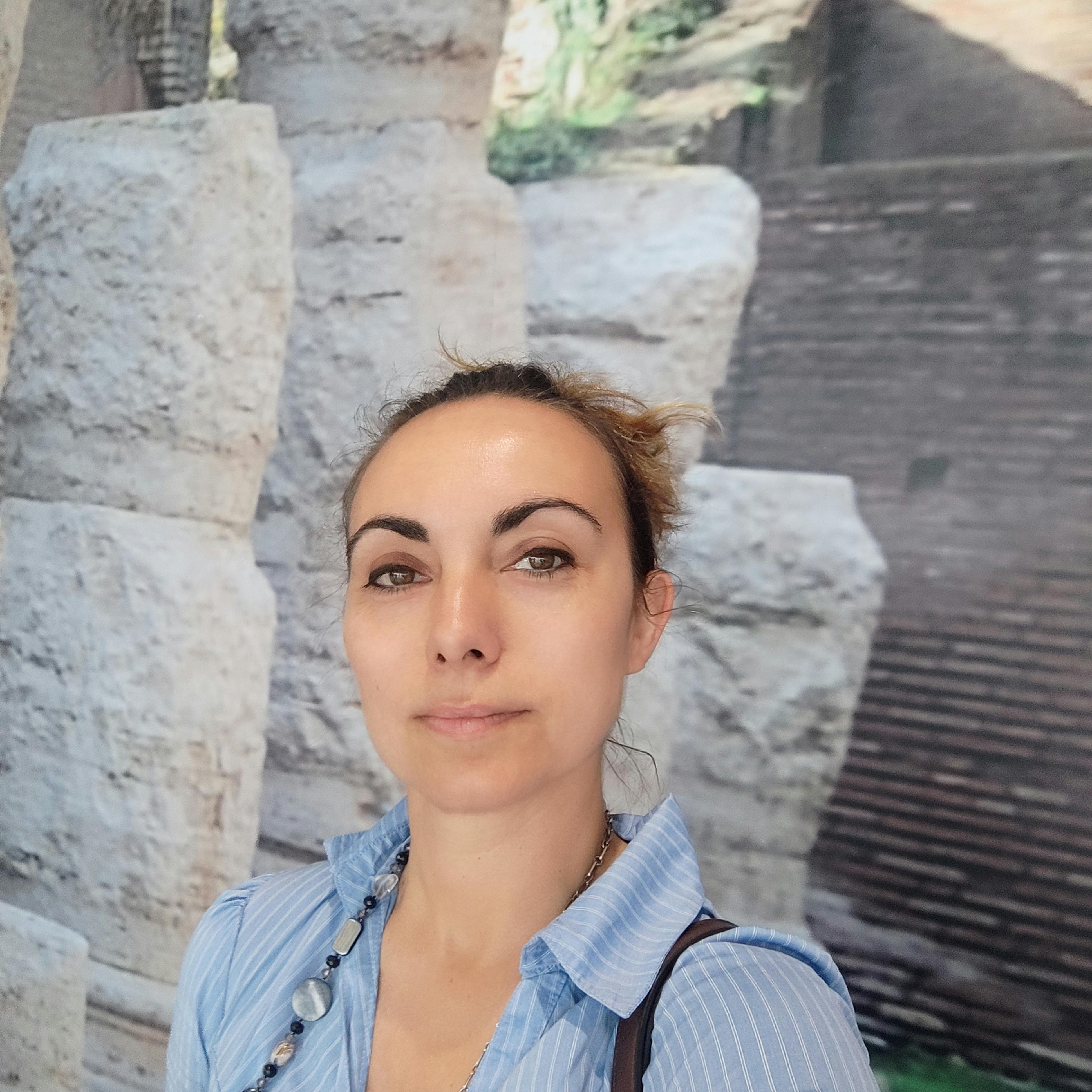
Marina Lo Blundo
Marina Lo Blundo is an archaeologist officer at the Archaeological Park of Ostia Antica (Ministry of Culture) and an archaeology blogger. She has been involved in cultural heritage communication for about 20 years, managing her blog Generazione di archeologi for 17 years, founded in 2008, to which she added a Telegram channel in 2019 and a podcast channel on Loquis in 2022. For the Archaeological Park of Ostia Antica, she is the scientific coordinator of the Archaeological Area of the Ports of Claudius and Trajan (Fiumicino), of the Photographic Archive, and of the Communication Office. She is the site representative for Ostia Antica within the framework of the European Heritage Label (Creative Europe).
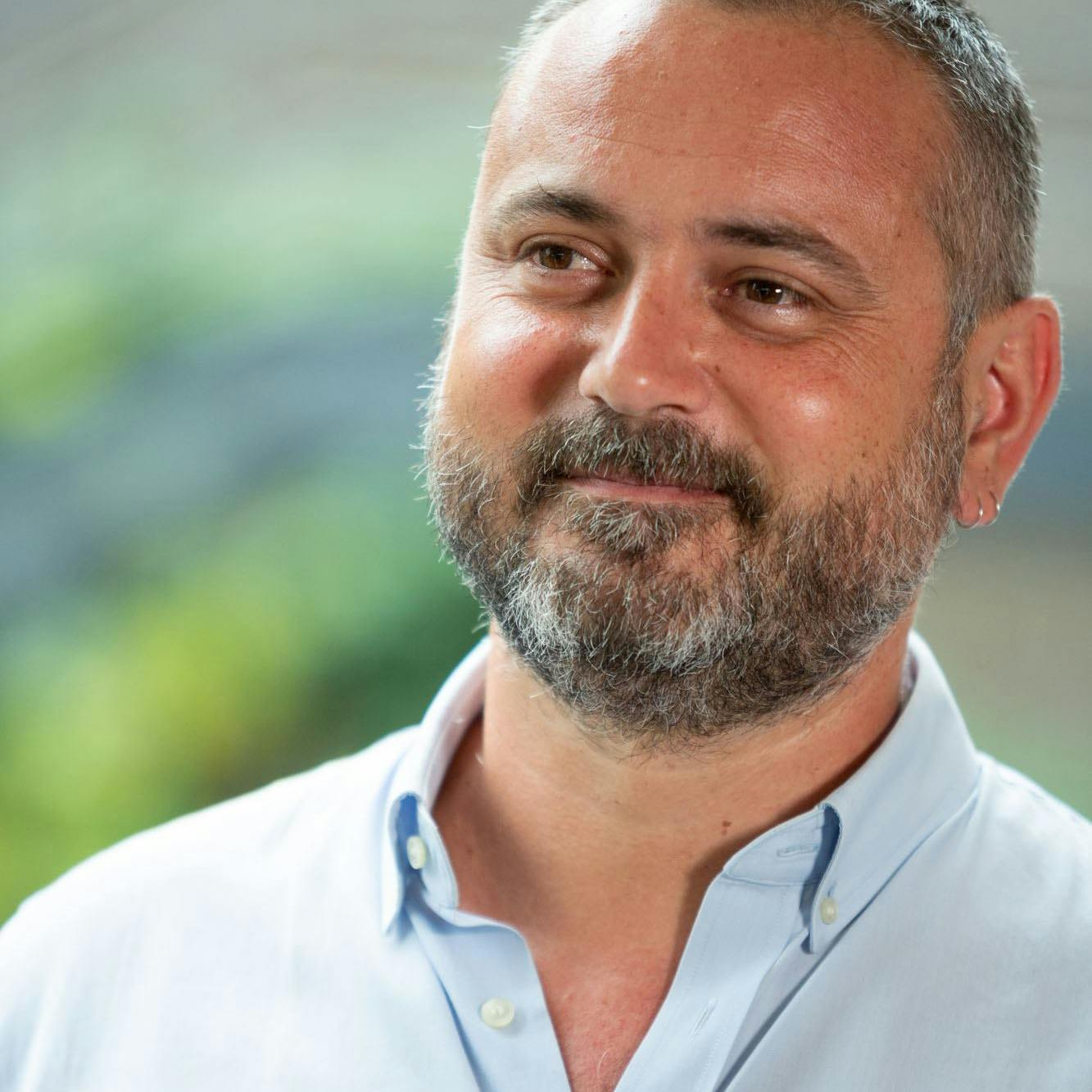
Francesco Mannino

Miriam Mandosi
Art historian, consultant and cultural designer specialized in museum accessibility and cultural welfare. Collaborates with museums, public and private entities, and cultural organizations to develop cultural paths and projects and training programs.
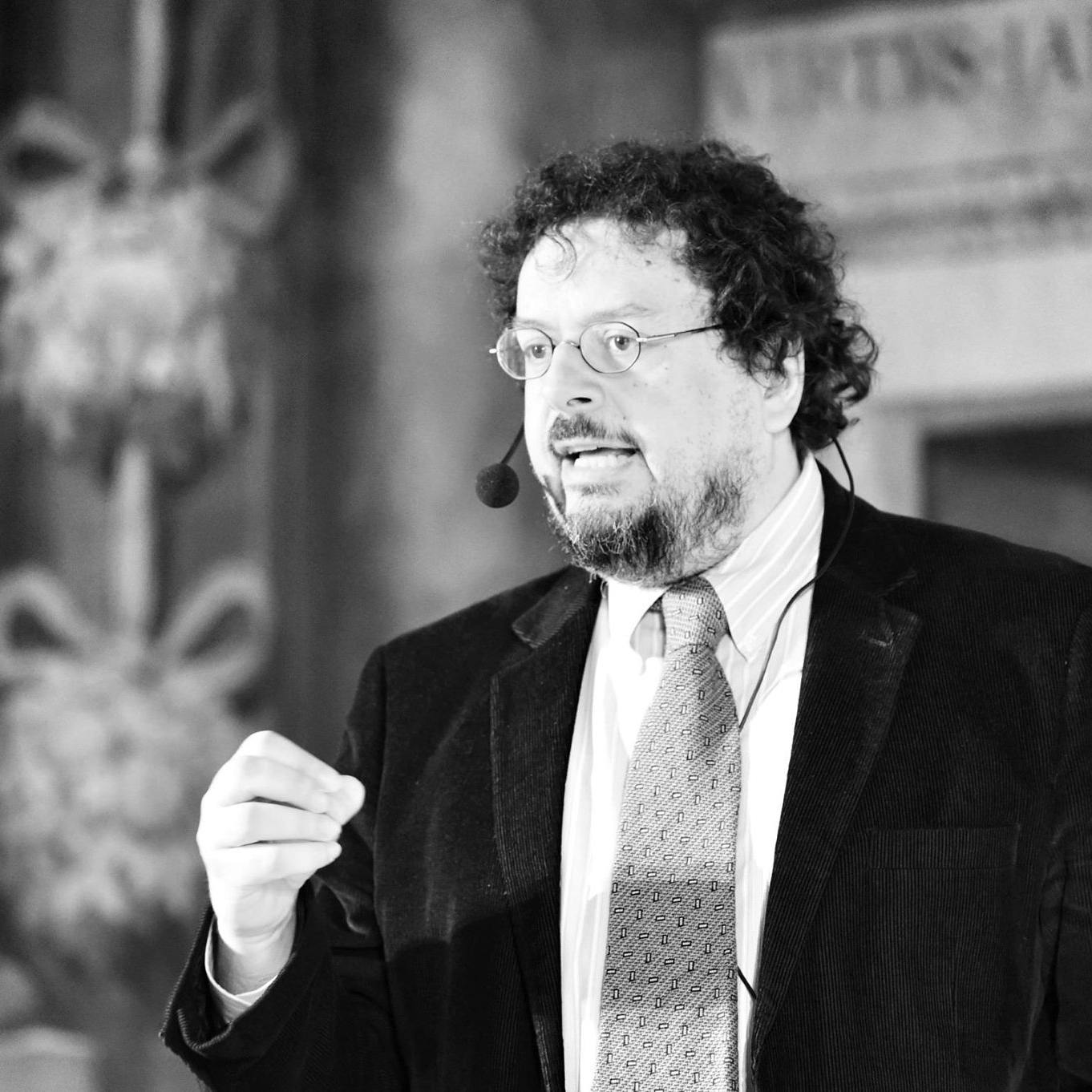
Gino Roncaglia
Gino Roncaglia is Associate Professor at University Roma Tre. He authored a number of scholarly books and articles both in the field of History of Logic and in the field of Digital Humanities. He is scientific consultant for the cultural and educational division of the Italian State TV Broadcaster RAI, and has been scientific consultant and author of a number of TV programs on new media from 1996 onwards.

Samuele Briatore
Samuele Briatore is a sociologist of fashion and cultural processes at Sapienza University of Rome. He focuses on cultural heritage, fashion, and museums, with particular attention to accessibility and inclusion issues. He is president of the Accademia Italiana Galateo and coordinates the Moda e Costume working group of ICOM Italy. Author of essays and volumes on the relationship between fashion, society, and culture, he participates in national and European research projects dedicated to heritage enhancement and innovative museological practices.